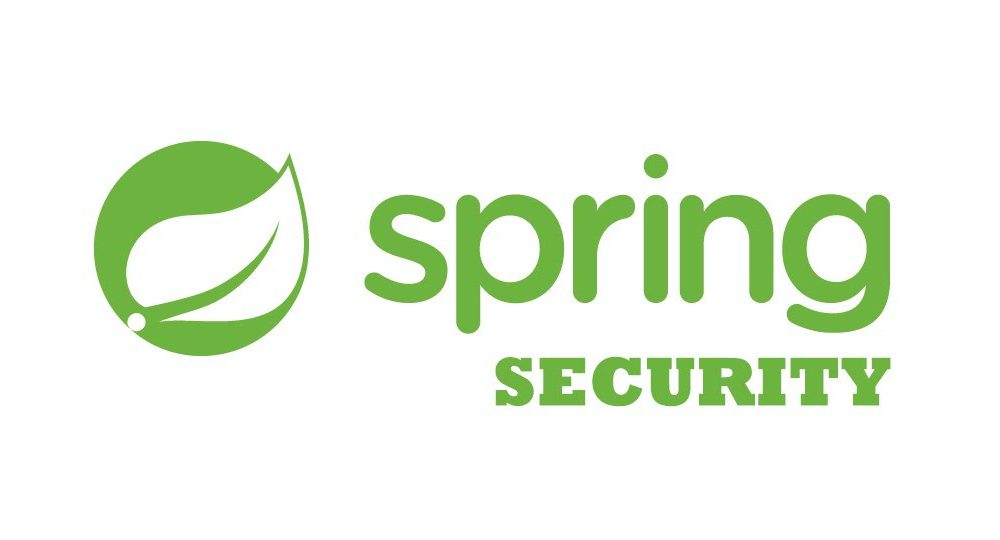스프링 시큐리티 공식 레퍼런스를 한글로 번역한 문서입니다.
전체 목차는 여기에 있습니다.
서블릿 X.509 인증과 유사하게, 리액티브 x509 인증 필터로도 클라이언트가 제출한 인증서에서 인증 토큰을 추출할 수 있다.
다음은 리액티브 x509 시큐리티 설정을 사용하는 예시다:
@Bean
public SecurityWebFilterChain securityWebFilterChain(ServerHttpSecurity http) {
http
.x509(withDefaults())
.authorizeExchange(exchanges -> exchanges
.anyExchange().permitAll()
);
return http.build();
}
이 설정에선 principalExtractor나 authenticationManager를 제공하지 않으면 디폴트 객체를 사용한다. 디폴트 principal extractor는 클라이언트가 제공한 인증서에서 CN(common name) 필드를 추출하는SubjectDnX509PrincipalExtractor다. 디폴트 인증 매니저는 사용자 계정의 유효성을 검사하는 ReactivePreAuthenticatedAuthenticationManager다. 유효성을 검사할 땐 principalExtractor에서 추출한 이름을 가진 사용자 계정이 존재하는지, 잠긴 계정이거나 비활성화 또는 만료된 계정은 아닌지를 확인한다.
아래 예시는 이 디폴트 클래스를 재정의하는 방법을 보여준다.
@Bean
public SecurityWebFilterChain securityWebFilterChain(ServerHttpSecurity http) {
SubjectDnX509PrincipalExtractor principalExtractor =
new SubjectDnX509PrincipalExtractor();
principalExtractor.setSubjectDnRegex("OU=(.*?)(?:,|$)");
ReactiveAuthenticationManager authenticationManager = authentication -> {
authentication.setAuthenticated("Trusted Org Unit".equals(authentication.getName()));
return Mono.just(authentication);
};
http
.x509(x509 -> x509
.principalExtractor(principalExtractor)
.authenticationManager(authenticationManager)
)
.authorizeExchange(exchanges -> exchanges
.anyExchange().authenticated()
);
return http.build();
}
이 예시에서는 CN 대신 클라이언트 인증서의 OU 필드에서 사용자 이름을 추출하고, ReactiveUserDetailsService를 사용한 계정 조회는 전혀 하지 않는다. 대신에 제공받은 인증서를 발급한 OU가 “Trusted Org Unit”이면 요청을 인증한다.
Netty와 WebClient, 또는 curl 커맨드 라인 툴을 사용해서 양방향(mutual) TLS로 X.509 인증을 사용하는 예제는 https://github.com/spring-projects/spring-security/tree/master/samples/boot/webflux-x509를 참고해라.
Next : WebClient
WebClient
스프링 시큐리티로 WebClient를 통합해서, 액세스 토큰을 자동으로 설정하는 방법을 설명합니다. 공식 문서에 있는 "WebClient" 챕터를 한글로 번역한 문서입니다.
전체 목차는 여기에 있습니다.